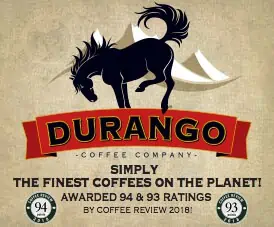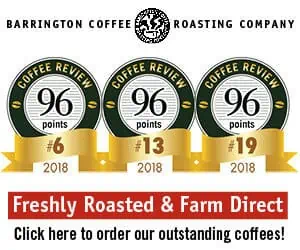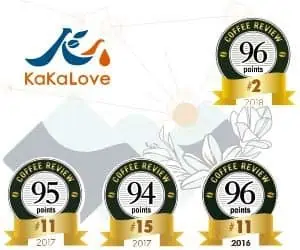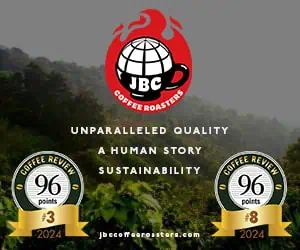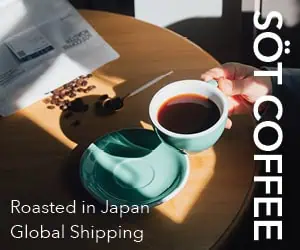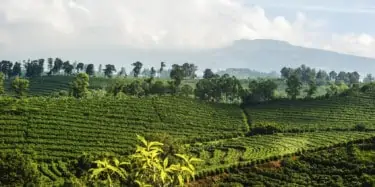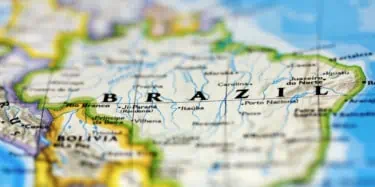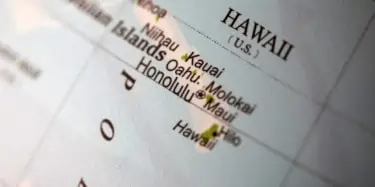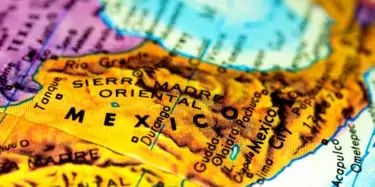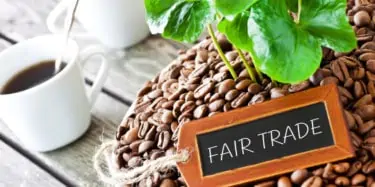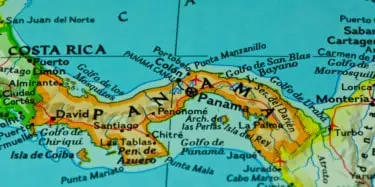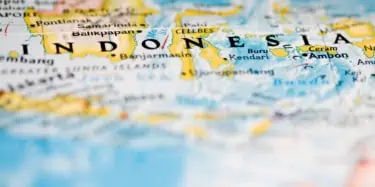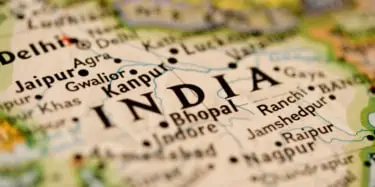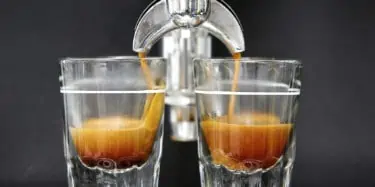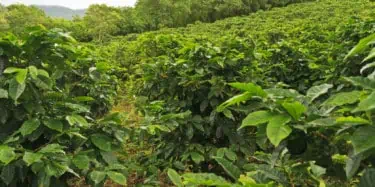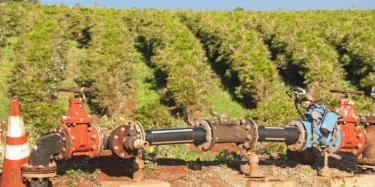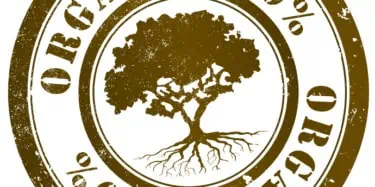Three issues weave their way through this report of my collaborative June cupping of Costa Rica coffees with leading coffee buyer and writer Kevin Knox. The first: Based on our limited sampling, what kind of coffee experience are this year's Costa Ricas likely to deliver to the consumer? The second: Is the cupper wearing his new clothes? How much agreement in language and taste can we expect
Tasting Reports – Most Recent
Coffee Review has published more than 250 monthly coffee tasting reports since February 1997. The most recent tasting reports appear below in reverse chronological order. You may narrow your search by category from the main navigation drop-downs or by using the key word search feature that appears in the page header. The content in tasting reports and associated reviews was correct at the time of publication but may not remain accurate over time.
Current Crop Brazils
Brazil is coming up in the world of specialty coffee. It probably always was up in Europe, where Brazil's finest coffees, sweetly rounded and low in acidity, anchored the continent's leading blends. In the United States, however, Brazil was mainly known for producing vast volumes of cheap, mass-processed arabica coffees that found their nameless way into supermarket cans and bottles. Some
Espressos for Cappuccino and Caffe Latte
Espresso is the most demanding of all systems for brewing coffee. Not only does the slightest error in brewing doom the cup, but this system, which extracts the flavor elements of a serving of coffee in 15 to 20 intense seconds, exaggerates any flaw or imbalance in the coffee itself. So an espresso blend must be subtle and balanced. On the other hand, espresso coffee in the United States is
Brewing Espresso at Home
Coffee is a beverage that invites, even demands, obsession, and, of all coffee acts, brewing espresso can be the most obsessive. Two or three more seconds of dribbling out of the brewer can dramatically alter the cup, and the finest espresso coffee in the world can be utterly ruined by one or two careless gestures. Every time I publish a review of espresso coffees I receive emails, not about the
Roast-and-Ground and Whole-Bean Supermarket Coffees
At one time certainly when I wrote my first coffee book 25 years ago the distinction between commercial and specialty was clear. Commercial coffees came in branded cans at supermarkets and specialty coffees were whole beans sold in bulk at obscure stores in college towns with dark wood counters and burlap on the wall. Today, of course, that distinction is blurred. Many specialty roasters, large
Konas and Other Hawaiis
Kona coffee, grown on a narrow band of hard-scrabble lava terrain that meanders along the mountainside above the resort complexes and splendid western coastline of the Big Island of Hawaii, is a singular coffee origin in many respects. A combination of demand and scarcity have made one of the worlds most expensive coffees. It is a favorite among American and Japanese consumers, who associate it
Mexico, Nicaragua, El Salvador, Honduras
When we travel the symbolic roads of specialty coffee south through Mexico and Central America, two origins straddle those roads like overachieving giants: Guatemala and Costa Rica. The other coffee origins of the region - Mexico, El Salvador, Honduras, Nicaragua, Panama - make far less frequent appearances on specialty menus, although Mexico and Nicaragua in particular supply several
Fair-Trade Coffees
Given the brutally low prices being paid to farmers for their coffee at this moment in history, it is difficult to be critical of a concept like Fair-Trade certification. Larger farms are threatened with bankruptcy, peasant farmers with starvation, and the American specialty coffee industry with deteriorating supplies of fine coffee. Fair Trade is one response to this crisis. A Fair-Trade seal
Premium Coffee Blends
The upside of blending coffees is the possibility of creating a coffee with more range and complexity than can be displayed by a coffee from a single crop or origin. The downside is the potential loss of idiosyncrasy or distinctiveness, the danger of creating a boring muddle rather than a complex symphony. Although only one of the twelve blends reviewed here struck me as a full-on symphonic
The 2001 Panama Cupping Event
Most Panama specialty coffees are grown on medium-sized farms on the Pacific-facing slopes of 11,450-foot Volcan Baru, Panama's highest point. Wrinkled by coffee-friendly valleys, Baru rises gently but massively at Panama's western border with Costa Rica. Most of these farms are concentrated in the Boquete Valley on the southeastern side of the volcano. A few are scattered to the west, toward the
Sulawesi Coffees, a Cup on the Wild Side
The finest traditional coffees Sulawesi and Sumatra can be a provocative pleasure but finding a good Sulawesi or Sumatra is a true test of a coffee buyer's taste and persistence. The eight traditionally processed Sulawesis reviewed here were bought by the right buyers for the right reasons. They are a splendid set of coffees, working shifting, always surprising variations on the general Sulawesi
Indian Coffees
India is an attractive coffee origin on several counts. India coffees all are grown in shade, often two tiers of shade, and are frequently intercropped with spices, particularly cardamom, clove, cinnamon and nutmeg. Indias often pick up intriguing aromatics from these crops, probably from having been stored and handled around them. The large farms or estates on which India coffees are grown are
Low Acid Coffees
Acidity is a term used in at least three overlapping ways in the world of specialty coffee. For the coffee aficionado, acidity is the dry, bright sensation that distinguishes fine high-grown coffees from duller, low-grown coffees. For these sophisticates, the brighter and more acidy a coffee the better. But for many other coffee drinkers, acidity is a word for an upset tummy and an unpleasant
Fair-Trade Coffees
Big Problem, Controversial Solution This is a big, stubborn problem, which at the moment is addressed by a few small, tentative solutions. Fair-trade coffee, the subject of this month's cupping, is one of these hopeful solutions, a relatively new one that has provoked some controversy among coffee professionals. To simplify, the fair-trade movement determines a formula for a "fair" price for
Classic Espresso Blends
In an American context, a classic espresso blend is one that achieves the heavy body and natural sweetness required of espresso brewing by skillful combining of naturally sweet, full-bodied coffees, rather than by trying to subdue acidy coffees through aggressive dark roasting. In these terms, all nine of the blends in this month's espresso tasting can be said to honorably aspire to the
Prize-Winning Panamas
Soft and sweet? Or bland and flat? Balanced versus boring? Subtle versus inconsequential? Imagine similar sets of adjectives, and you have the delicate inner struggle that characterized this month's cupping of current-crop coffees from Panama. Panama is a rising star, an up-and-coming contender, among Central America coffee origins. All premium Panama coffees are produced on large family-owned
Central America Coffees
Again and again while writing the reviews of this splendid assortment of Central America coffees I found myself attempting to characterize the classic American cup, the cup that American supermarket blends aspire to, but never come close to fulfilling. It is a dry, bright, acidy cup, yet sweet and round, transparently free of earth or ferment, yet alive with high-toned, subtle nuance: nut and
The Mocha Taste
The eleven coffees the Coffee Review panel cupped this past month represent the essence of coffee romance and history. They are representatives of the world's original coffees, quite literally embodying history in the cup. Ethiopia is the botanical home of the coffee arabica tree, and Yemen, just across the Red Sea from Ethiopia at the southern tip of the Arabian peninsula, is where the tree was
Organically Grown Coffees
"Organics," as insiders call them, are coffees certified by international agencies as grown, transported, stored and roasted without contact with pesticides, herbicides, fungicides, artificial fertilizers or other purported multisyllabic villains. They offer aficionados an impeccable way of both looking after their own health as well as the health of the planet and its people. Not only are
Decaffeinated Coffees
The last time I wrote on decaffeinated coffees I said drinking them was like listening to good music through cheap speakers. The analogy still stands. No matter what the decaffeination method or how careful the decaffeination procedure, coffee loses something more than the (tasteless) caffeine during the rather brutal process of removing it. Or the coffee changes in unexpected ways. The San

